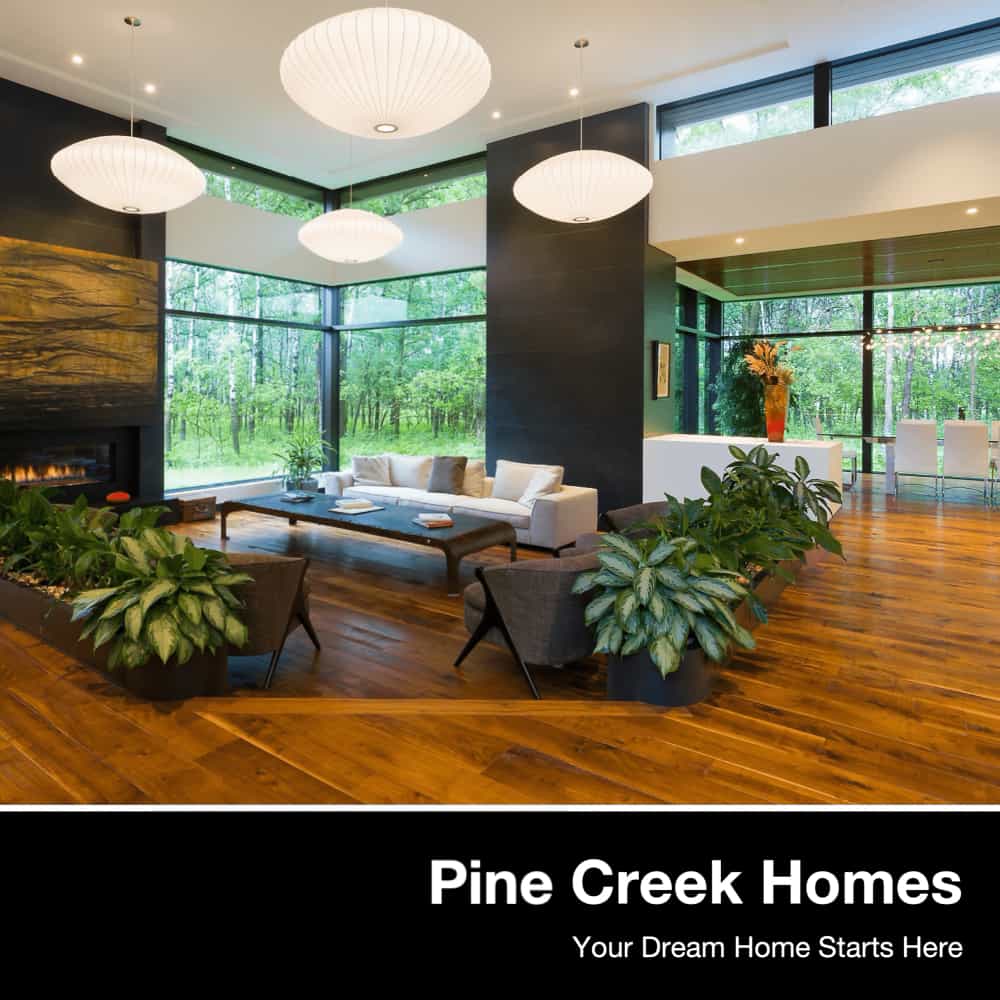Just the thought of losing your home in a fire is terrifying. We’ve done several rebuilds lost from fires and I can tell you this: the struggle of going through this process for a homeowner is extremely difficult.
It’s a very emotional time for someone who has literally just lost everything they’ve ever owned. Then they’re forced to go through the entire insurance process which is a whole other obstacle and one which is very time consuming.
Even when everything goes smoothly, most homes take close to a year before the rebuild even starts. This entire process and all of the hardship that comes with it, is unfortunately unavoidable if you happen to be struck by this misfortune.
While I can’t help you avoid this situation (other than to say make sure your smoke detectors are working!), I can help avoid adding insult to injury. The last thing you want to hear after your home burns down is: ”you’re under insured”—Meaning, your insurance money isn’t going to cover the rebuild of your home.
Housing Costs Have Gone Up
Most people are unaware that new construction costs have almost doubled in the last 15 years. The dollar value that it took to rebuild a home has increased significantly, and not everyone’s insurance coverage reflects this.
Homes that are particularly vulnerable are the ones that have more custom features. Generally speaking, when your home gets evaluated for insurance, it will get placed in a category that ends up determining the value. Often homes may get placed in the “custom” category, but still may not accurately reflect the true value.
The definition of “custom” is: everything was built and customized to the individual building the home at the time of the build. This really doesn’t describe the value of a home. It’s often the high value custom features that go unnoticed, and those are the features that increase the overall cost on a rebuild.
Make Sure Features Are Included
Things like in floor heat, custom sound systems, stone countertops, insulation upgrades, upgraded lighting or electrical systems and high end kitchen cabinets or appliances are just a few of the many items that could be overlooked from an insurance perspective.
The custom cabinetry alone on a new home could range from $15,000 to $100,000, depending on the level of customization and the materials used. So, it’s easy to see how an insurance policy may not pick up on this. Unfortunately, it falls on you as a homeowner to make sure your insurance value properly reflects what it would cost to rebuild your home.
Market Value and Rebuild Value Are Not The Same
Another very important thing to remember, market value is not the same as the rebuild value. Market value can be drastically different at any given time and location vs. the rebuild value. Market value is often more closely associated with location and land value than it is with building costs. Building costs and the market value of homes don’t always rise at the same pace.
So, how much does it cost to rebuild a home? Very basic entry level pricing is going to start at $200-$250 per square foot in Manitoba. If the rebuild value of your home on your insurance policy is less than that, you’re under insured. On the higher end, custom home pricing can be up to $400 per square foot or more.
If you have granite countertops, a finished basement, higher end finishes in your home, and a garage, you should have no less than $300 per square foot coverage and possibly closer to $400 per square foot.
What’s the best way to make sure you’re adequately covered?
Use A Good Broker
A good broker will walk you through this process and make sure you’re properly covered. You don’t want to be just another box they need to check off that day, you want your broker to take the time to sit down with you and assess your particular situation and find the policy that meets your unique needs. In Manitoba I recommend King Insurance. We work with them all the time and they’re very up to date and informed on construction rebuild costs, and always take the time to make sure their customers are well taken care of.
Make sure you have “Guaranteed Replacement Coverage.”
This is like a safety net that says regardless of the value, insurance will replace what you have. Obviously you still want to make sure your insurance values are as accurate as possible, but if you have this on your policy, it’ll account for variables that you may not have thought of. It also provides a bit of security knowing if you didn’t get the value exactly right, you’re still covered.
Make sure you have “Bylaws Coverage.
This particular coverage addresses the current items in your home’s construction that would not meet code today, and would need to be upgraded if you had to rebuild. It’s important to note that this falls outside of “Guaranteed Replacement” because what needs to be built to meet code is actually different then what you have. This would cover items such as upgrading 2×4 exterior walls to 2×6, installing an HRV, meeting new insulation requirements and following new construction codes.
If you follow these three guidelines and use the suggested price per square foot ranges mentioned above as a reference point, you should be adequately covered.
In my most recent meeting with King Insurance, I was also made aware of a few additional insurance clauses that may be of interest.
Additional Insurance Clauses To Know
Mechanical Breakdown Coverage.
This would cover a wide range of items such as furnace, air conditioning and appliances to name a few. These things always seem to break down at the most inopportune time, so having some coverage on them is nice.
Sewer Backup.
This is a good one to check your limit on even if you do have it to make sure the coverage is adequate or at least as good as it can be. (often there is a limit on how much sewer back up coverage is available)
Flood Insurance.
This is relatively new, so most policies would likely not have this one on yet. Might be worth looking into next time you review your policy.
Insurance is one of those things we tend to ignore until we need it. Unfortunately, when we need it, it’s too late to make changes on our policy. If you don’t have time right now to look through your whole policy, just do yourself a favour and at least review it the next time they ask you for the yearly payment. You may be happy one day that you did.
If you're ready to take the next step toward building your dream home or cottage, click the link below to set up a time to speak with us.
And, if you haven’t yet signed up for our email series, make sure to do so below. These emails will take you through a step-by-step guide of the building process, so you can be fully informed and prepared for your upcoming build.


















